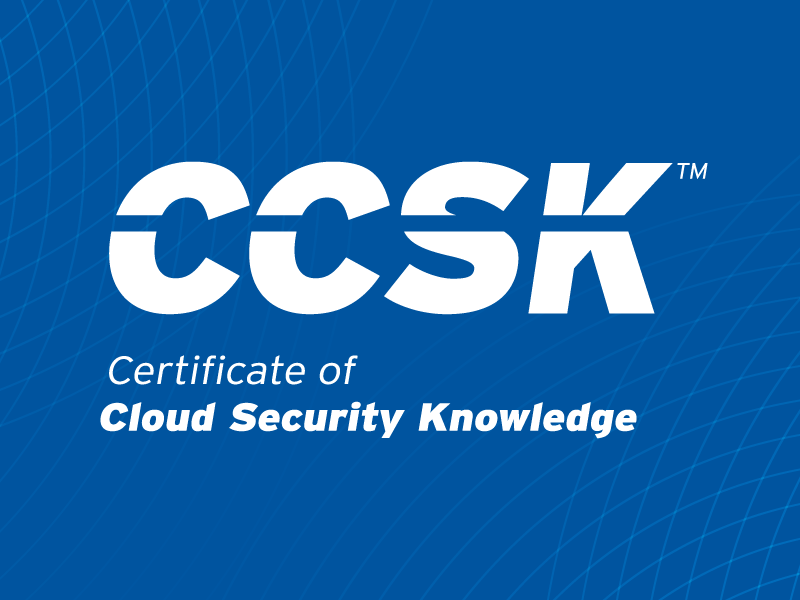Virtual Patching: How to Protect VMware ESXi from Zero-Day Exploits
Published 04/21/2025
Originally published by Vali Cyber.
Written by Nathan Montierth.
 Recently, three VMware zero-day vulnerabilities (CVE-2025-22224, CVE-2025-22225, CVE-2025-22226) were patched amid concerns of active exploitation. These flaws allow attackers with virtual machine (VM) admin access to escape the guest OS, execute code on the hypervisor, and potentially take control of ESXi hosts—threatening entire multi-tenant cloud and enterprise environments.
Recently, three VMware zero-day vulnerabilities (CVE-2025-22224, CVE-2025-22225, CVE-2025-22226) were patched amid concerns of active exploitation. These flaws allow attackers with virtual machine (VM) admin access to escape the guest OS, execute code on the hypervisor, and potentially take control of ESXi hosts—threatening entire multi-tenant cloud and enterprise environments.
Adding to the risk: many endpoint detection and response (EDR) tools do not monitor hypervisors, which means attacks at this layer could go undetected until significant damage is done.
With more than 41,000 unpatched ESXi instances reportedly still exposed—and ransomware groups actively pursuing hypervisor exploits—security teams must move quickly. But traditional patching often requires downtime, reboots, and a high level of confidence in the patch’s stability.
So how can you protect your infrastructure right now—without taking critical systems offline?
The answer: virtual patching.
What Is Virtual Patching?
Virtual patching isn’t just a buzzword, it’s a proactive security strategy that prevents exploitation at runtime without modifying system code. It neutralizes threats before they’re weaponized, making it critical for:
- Zero-day defense – Protecting systems before official patches are available.
- Unsupported environments – Securing legacy infrastructure that no longer receives updates.
- Mission-critical workloads – Maintaining uptime when patching isn’t immediately possible.
By stopping attacks in real time, virtual patching ensures hypervisors remain secure even when traditional patching isn’t an option.
The Growing Urgency to Patch
Patching is essential, but in virtualized environments, the stakes are higher. A hypervisor vulnerability compromises every VM running on it, enabling lateral movement and total system takeover.
The risk is accelerating:
- 180% increase in vulnerability exploitation as an initial attack vector in 2023.
- 60% of organizations experienced a virtualization security incident last year; 30% involved unauthorized VM access.
- 75% admit they have more VMs than they can effectively secure.
- 85% of organizations don’t follow a regular patching schedule; 47% cite downtime as the main blocker.
- 115 new CVEs are disclosed daily, a 30% year-over-year increase.
Even when patches are available, they’re reactive—this delay leaves systems exposed to zero-day threats and future exploits yet to be discovered. Organizations need a real-time defense that blocks exploits before they happen.
How Virtual Patching Defends VMware ESXi
Modern virtual patching strategies for hypervisors use behavioral detection and exploit mitigation techniques instead of relying solely on signature-based detection. These solutions operate by:
- Blocking exploits at runtime – even in unpatched or legacy environments.
- Avoiding downtime – virtual patches are applied without requiring system reboots.
- Detecting exploit techniques – by analyzing behavioral patterns associated with known and unknown vulnerabilities.
- Integrating threat intelligence – using frameworks like MITRE ATT&CK to adapt defenses to attacker tactics and techniques.
- Offering flexible deployment modes – such as alert-only settings to fine-tune policies before full enforcement.
- Supporting operational integrations – enabling easier management alongside existing SIEM/SOAR workflows.
This approach ensures that hypervisors remain protected even when official fixes are delayed or unavailable.
Stay Ahead of Zero-Day Threats
Attackers aren’t waiting for patch cycles—and neither should defenders.
Virtual patching offers organizations real-time protection against exploitation attempts, helping reduce risk, maintain uptime, and secure hypervisors from both known and unknown threats.
Security today isn’t just about fixing what’s known. It’s about staying ahead of what comes next.
Unlock Cloud Security Insights
Subscribe to our newsletter for the latest expert trends and updates
Related Articles:
Implementing CCM: Threat & Vulnerability Management Controls
Published: 11/21/2025
Prepare for Q-Day with Hybrid Mode Key Exchange
Published: 11/17/2025
What is GenAI Runtime Defense (GARD)?
Published: 11/06/2025
SASE: Securing the New Enterprise Perimeter with Zero Trust
Published: 10/27/2025







.jpeg)
.jpeg)
.jpeg)